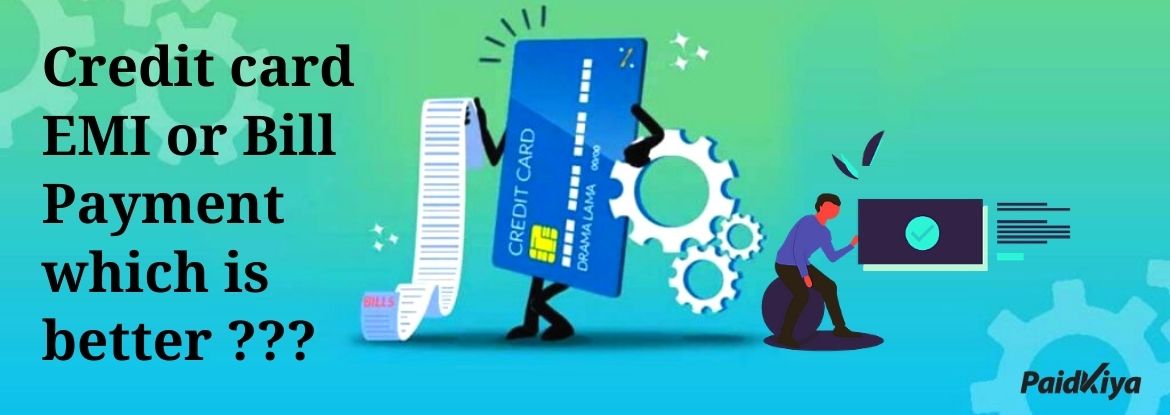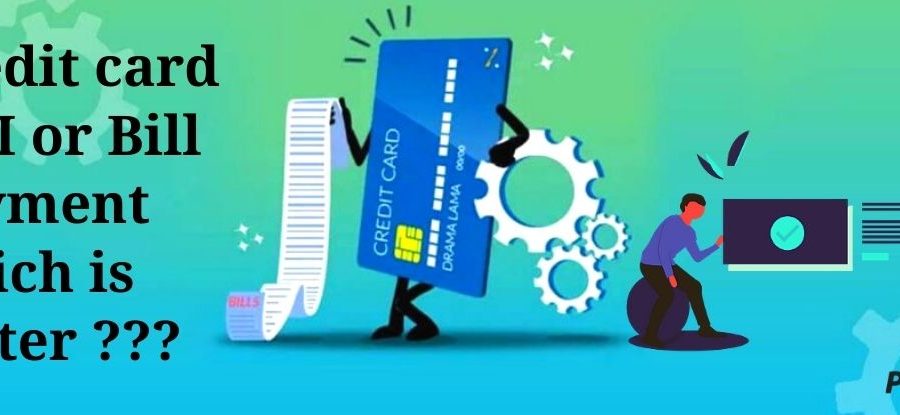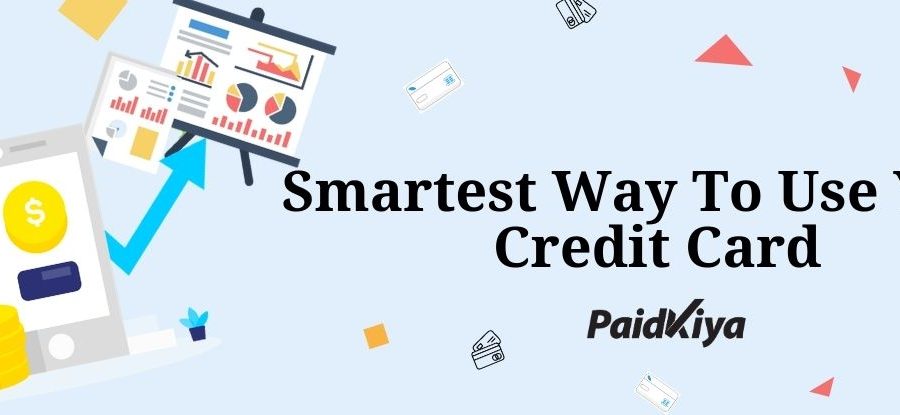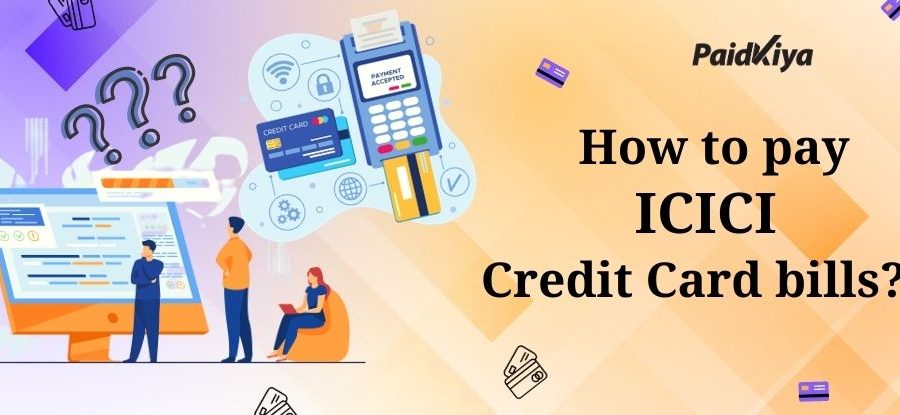The most comfortable and common option for people who can’t pay a full credit card bill before the due date is to convert their credit card payments into EMIs (equal monthly installments).
When you use your credit card to make a purchase online, you can convert your bill amount into EMIs.
This assuredly means that you have converted your debt into a loan and chose the number of months to pay your EMI.
This technique to clearing your credit card balances has a minimum effect on your credit score if you default on your credit card balance on the due date. That’s why this option for those people who are not able to pay their full credit card bill on time.
You do not need to pay any interest If you pay the full bill before the due date. But, if you convert the bill amount into EMI, you must pay the amount with an interest charge.
There are certain ways you can convert your credit card payments into EMIs:
- By instant EMI conversion on the e-commerce portal only.
- Convert the transaction amount to EMI after the transaction through net-banking.
- Another way, you can call the customer helpline number to pay the bill through EMI or visit the branch of the credit card issuer.
However, not all transactions can be converted to EMI. Only the amount of the transaction that is eligible for conversion can be converted to EMI. For eg., a Gold purchase bill doesn’t convert in EMI.
Choosing an EMI as an alternative to credit card payments is an option that people can take advantage of, but there are several factors to consider before making this choice.
- Your credit limit on the card is going to be blocked/reduced by an equivalent quantity of bills converted into EMIs. When you start paying your EMI, the bank will gradually increase the credit card limit to the same amount as the paid EMI. So, make sure that you have sufficient limit to spend on credit cards to get/convert the desired bill amount on EMI and also for any future crisis.
- Carefully calculate all charges and interest before the credit card bill is converted to EMI.
Common charges you have to pay for paying credit card bill through EMIs-
- Interest on bills –
- These interest rates change from one card provider to another and are linked to the term of your loan. The higher the interest on the longer the term. Interest rates are also depending on the risk assessment of credit cardholders. In general, interest rates change from 13% to 26% per annum, depending on the card provider, tenure, and risk profile of the borrower.
- Processing Fees –
- These are based on your card issuer and few issuers charge no processing fees, while some may process a clear loan up to a percent of your bill amount (converted to EMI) or a fixed amount.
- Prepayment Charge –
- If you want to pay your amount before the loan EMI expires, cardholders may charge you a pre-payment fee. For example, Standard Chartered Bank charges 3% plus tax on the pre-closing of your card EMI.
- Goods and Service Tax(GST) –
- * 18% GST applies to all interest rate charges and processing fees.
| Credit card Issuer | Interest
rate (PA) |
Processing fees | Pre-closure Fees | Tenure |
| SBI | 22% or as per offers | 2% (Subject to a minimum of Rs 199 and a maximum of Rs 1,000) | 3% of the outstanding principal | 6-24 months |
| HDFC | 14% – 18% | NA | 3% of the outstanding principal | 9-36 months |
| Bank of Baroda | 13% -15% | 2% (subject to a minimum of Rs 100) | may or may not be applicable. | 3-24 months |
| Axis | 18% | 1.5% or a minimum of Rs 150 whichever is higher | 3% of the outstanding principal | 6-24 months |
| Standard Chartered | 17.88% | Flat 1.5% | 3% of the outstanding principal | 6-48 months |
| ICICI | 13 % – 16% | 2% | NA | 3-24 months |
| American Express | 14.04 % -15.96% | 2% of the purchase amount | NA | 3-24 months |
| Kotak bank | 13.92% –
20.04% |
NIL-35 per Thousand | NA | 3-48 months |
| YES bank | 12% – 15% | NA | 2% of the outstanding principal | 3-24 months |
| IndusInd bank | As applicable | As applicable | As applicable |
6-24 months |
* 18% GST applies to all interest rate charges and processing fees.
Note: Interest and charges may change depending on the type of credit card and its terms and conditions with the respective merchants. Also, the interest paid will be based on the EMI term you applied for.
Concluded that:
- Therefore, before you choose the EMI option for your card bill, it is advisable to do the math properly to be aware of the extra charges you are going to pay. Also, for some cards, when you choose a long-term EMI, the card issuer offers a lower interest rate, but that doesn’t mean you’ll save money because of the lower interest rate.
- Although paying credit card bills through an EMI plan is an option for individuals who do not have sufficient means to pay outstanding bills, there are several factors to consider before choosing an EMI option. The financial suggestions of all the factors should be weighed before making such a choice. You should also be remembered that the EMI scheme should be used only as a last option and only in an economic crisis.
Disclaimer
We give details according to specific bank data. But remember before going to pick up anyone’s Credit card must visit the respective Bank’s website. Check the details of the card like Fees, Interest rate, Rewards, etc. because it maybe changes. Hence you need to be aware of the changes happening in most out of your credit cards.
The information and services included on this Web site may include discrepancies. Paidkiya will not be liable/responsible for any decision that you may take based on such inaccurate information. Changes are periodically added to Bank’s websites.





